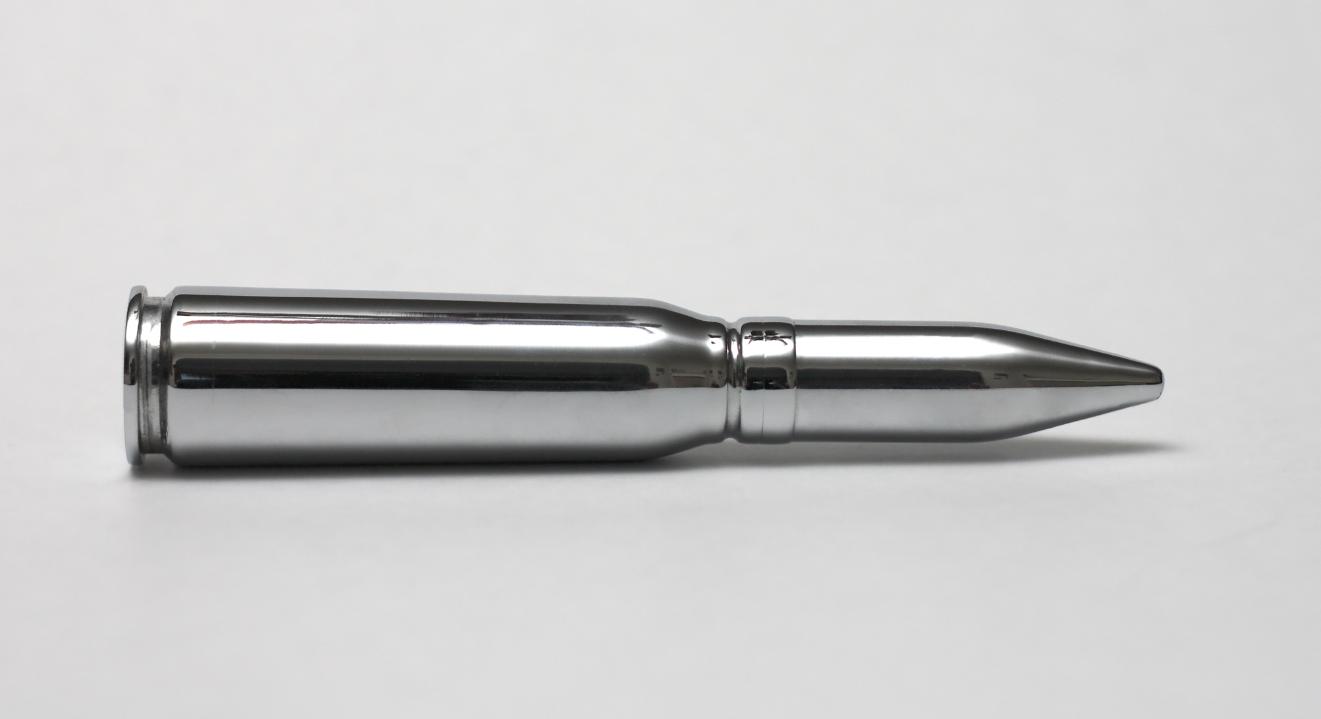No matter what anyone tells you, it is never too early to make your Christmas list for 2017. California-based tech company Aerofex has developed the Aero-X hovercraft that is slated to undergo flight tests in 2016 and—assuming no setbacks—they will hit the market in the US in 2017. They are expected to go for about $85,000. If you would like to be one of the first to get your hands on the Aero-X you can reserve yours now for only $5,000 down.
The Aero-X hovercraft rides like a motorcycle and allows two riders with a combined weight of 140 kgs (310 lbs) to ride in tandem. After completing a vertical takeoff, riders can cruise at speeds of 72 km/h (45 mph) up to 3 meters (10 feet) off the ground. The rotary engine uses standard automotive gasoline and runs for about 1.25 hours per tank. That might seem a bit low, but gas mileage was the tradeoff for carbon fiber rotors that are easier to control and much cheaper than traditional aircraft rotors.
Safety is an obvious concern with this vehicle and Aerofex has covered all the bases. The rotors are shrouded in ducts that permit airflow while preventing accidental contact with property or body parts, and it also contributes to a boost in lift. Redundancies in the controls and engine allow the vehicle to keep running smoothly and come to a controlled stop, even if something goes wrong during flight. Sway bars will give added stability and resist rolling while making tight maneuvers, while computerized sensors will automatically adjust the rotors when faced with strong gusts of wind. For an added layer of protection, there is an option to add airbags throughout the vehicle.
The Aero-X will not require a pilot’s license, though individual states may require certification, similar to the process required for boats and other off-highway vehicles like quads, dune buggies, or snowmobiles. As the Aero-X is unique in that it needs to be controlled in three dimensions, there is a bit of an adjustment period for the pilot to fully handle the vehicle with confidence.
.jpg)

































